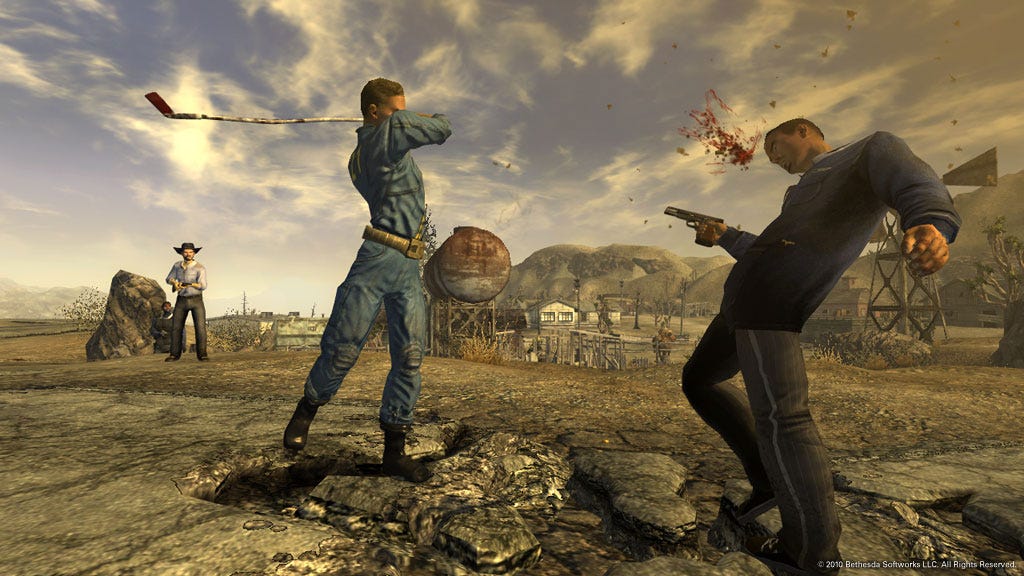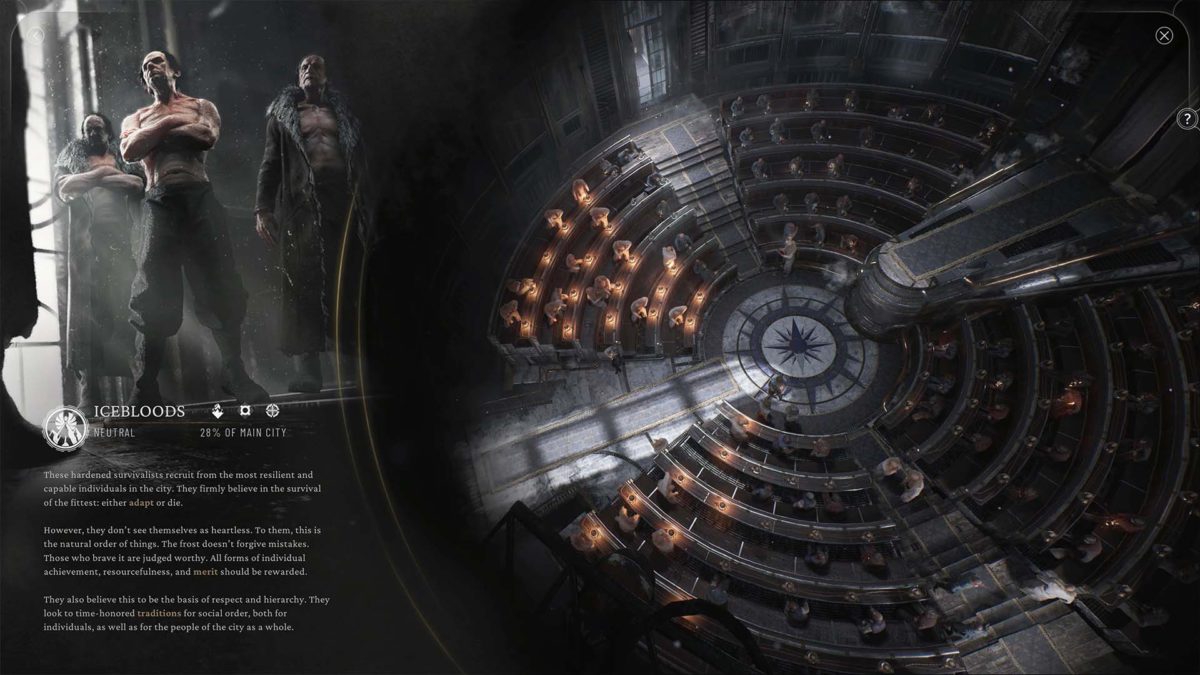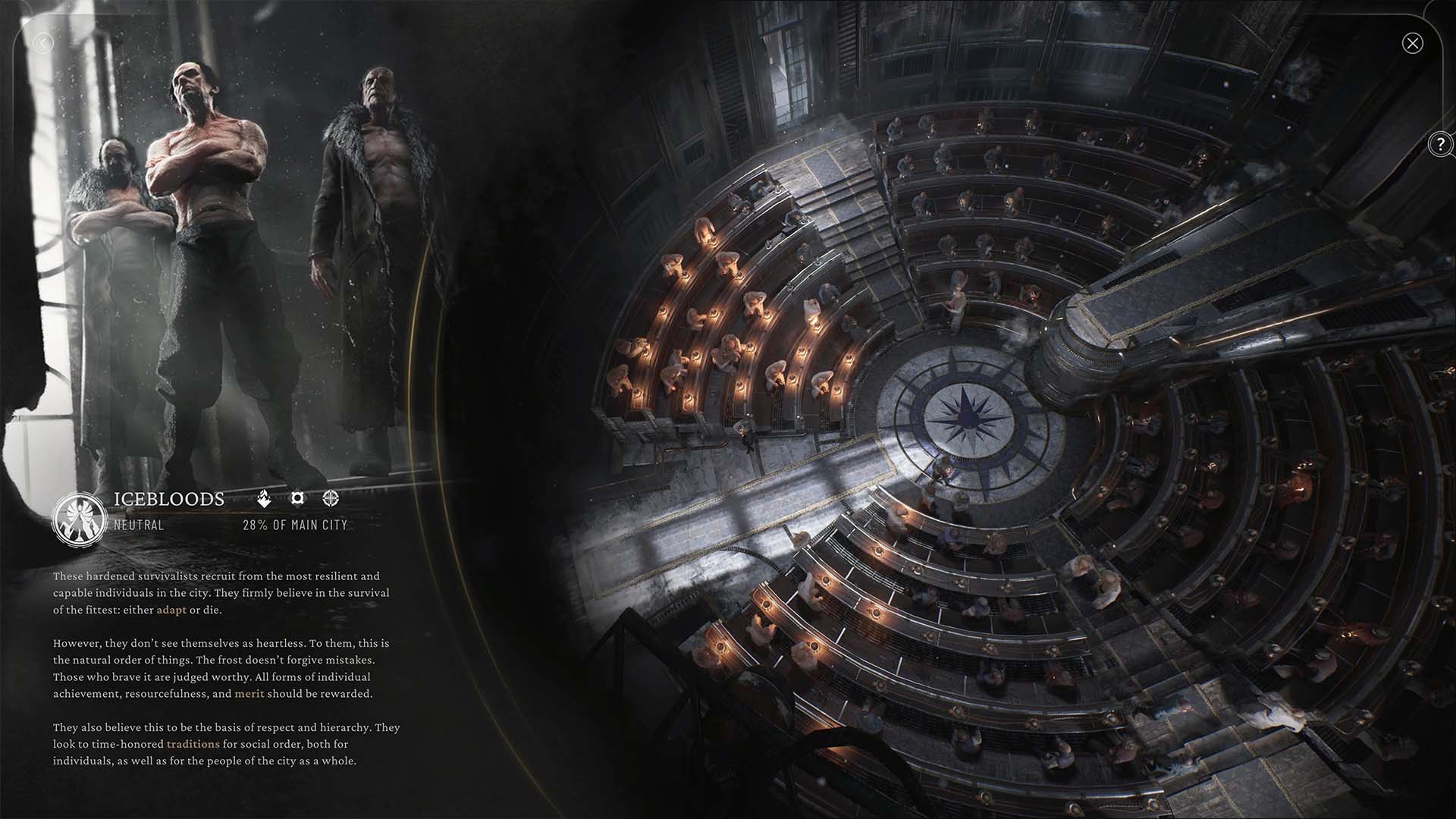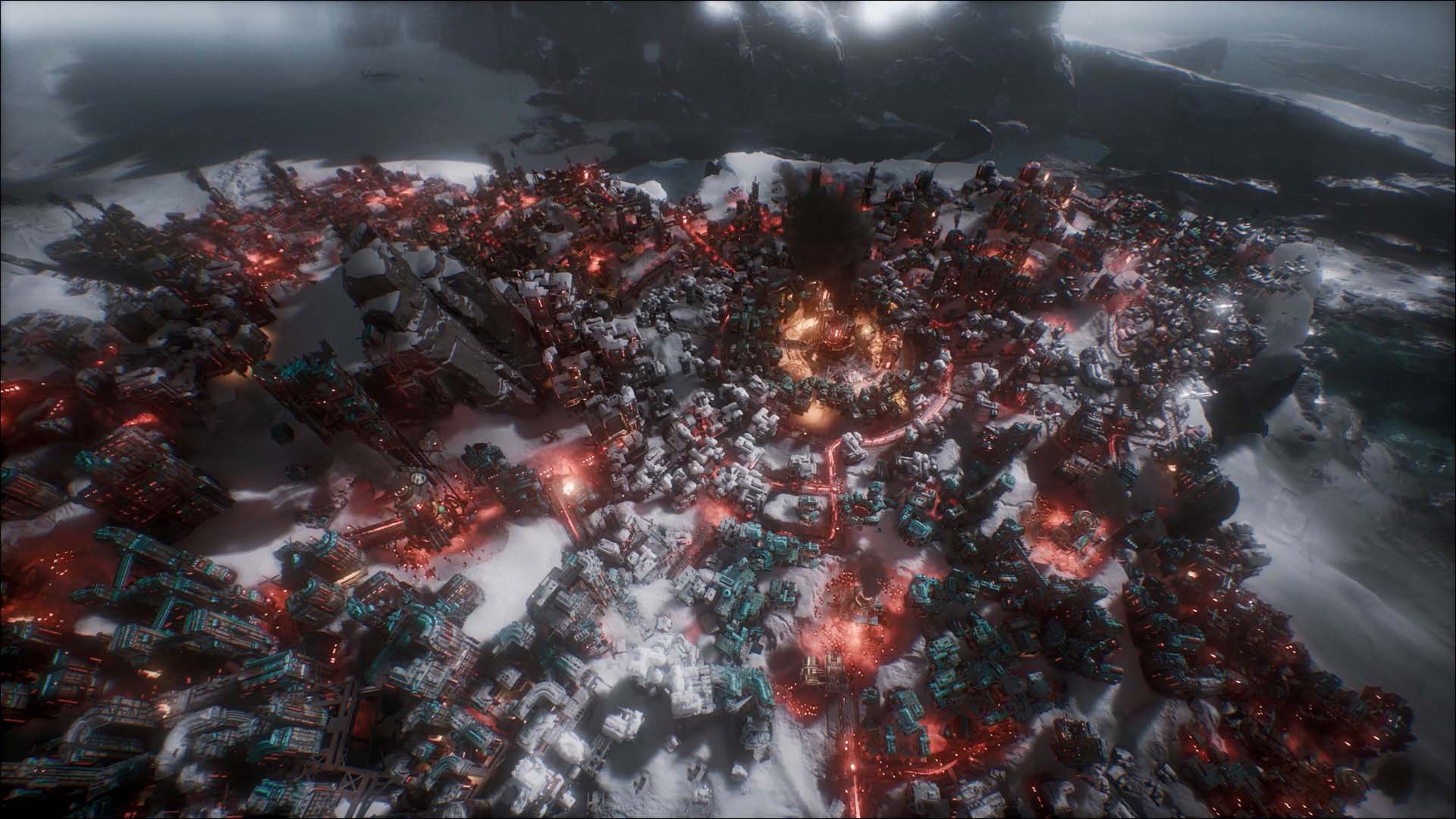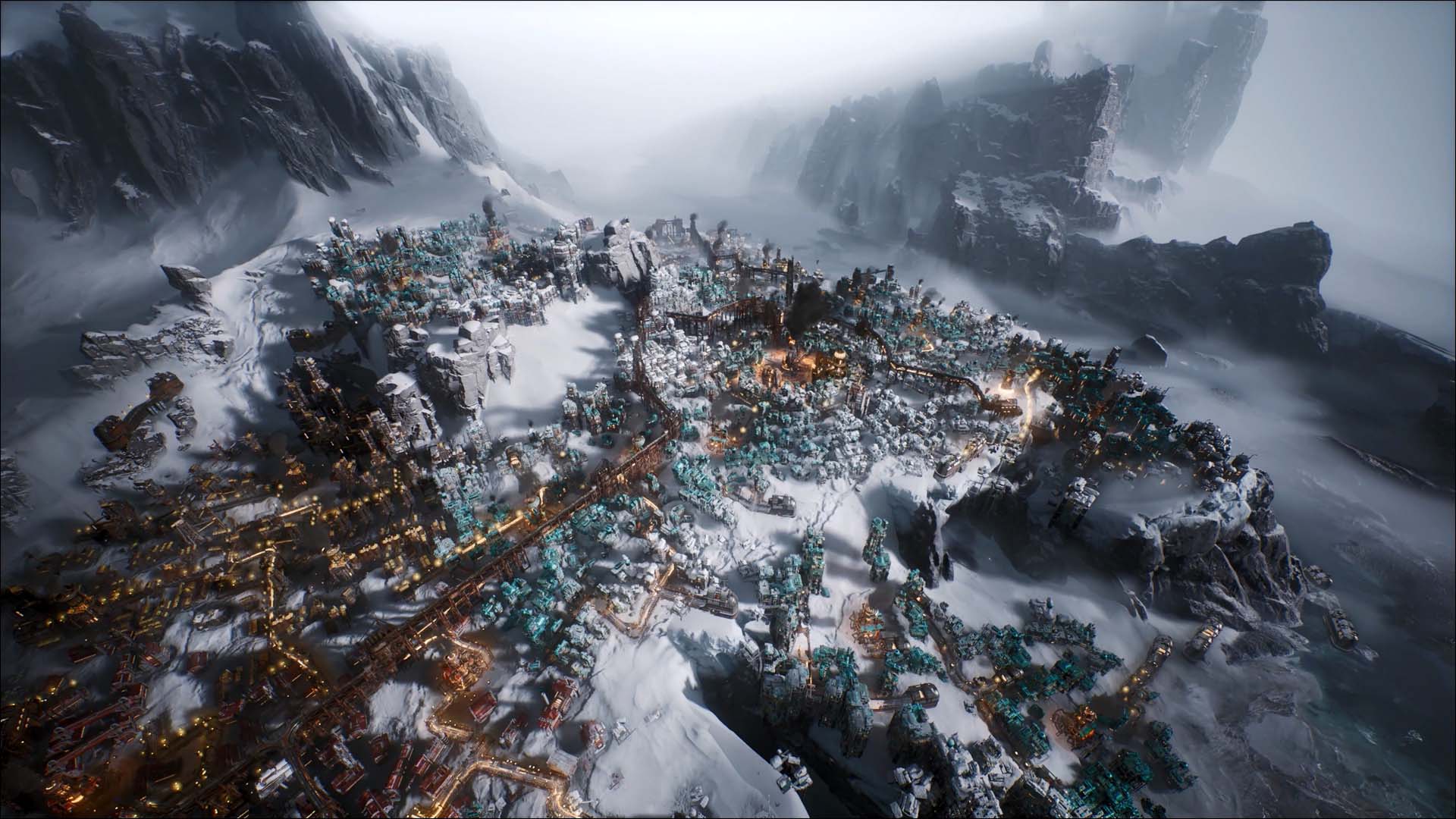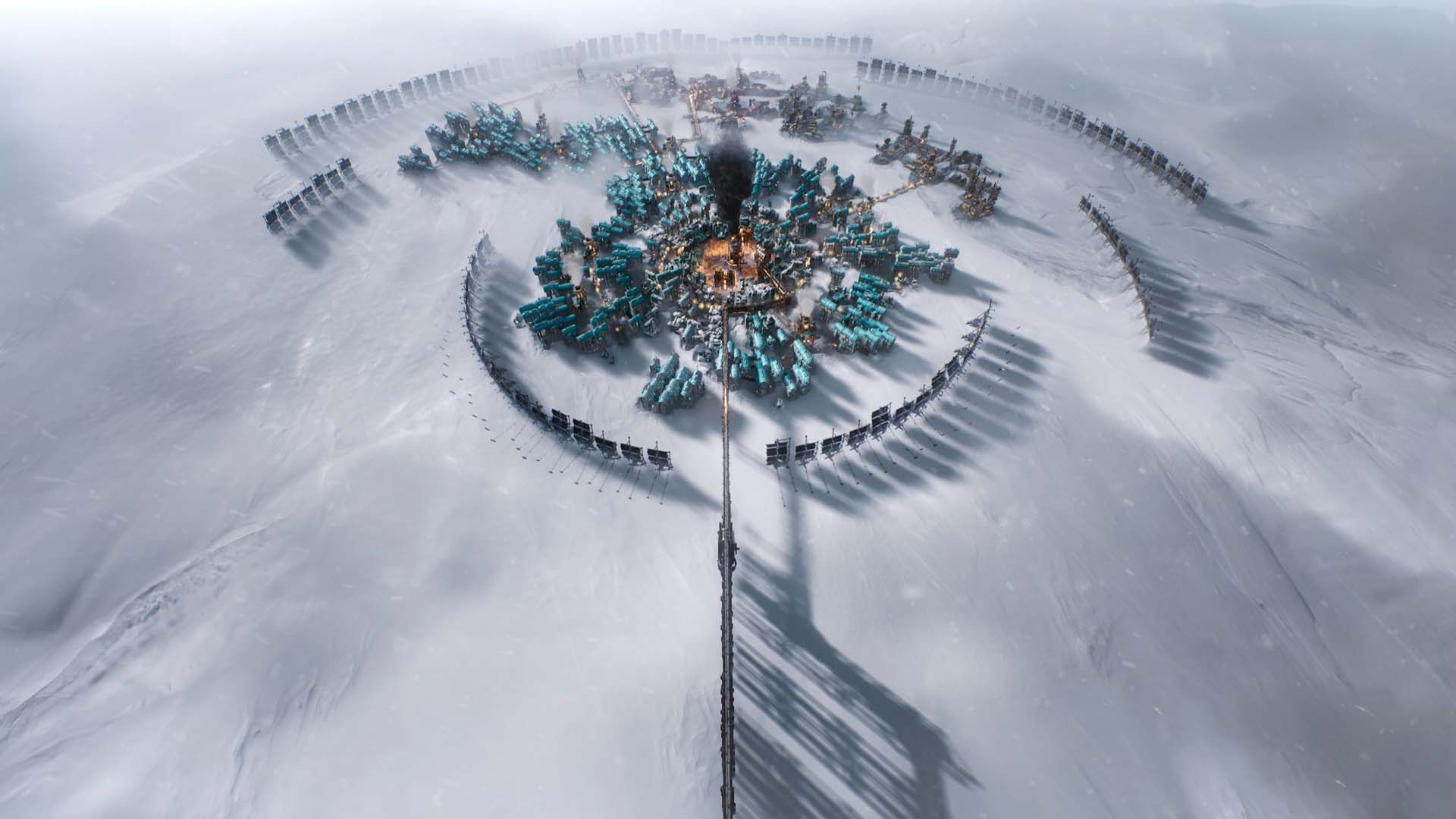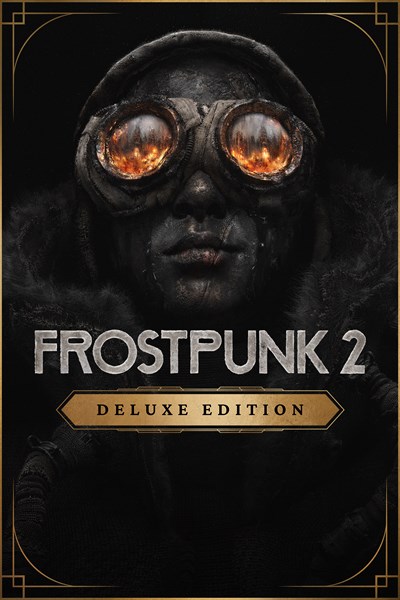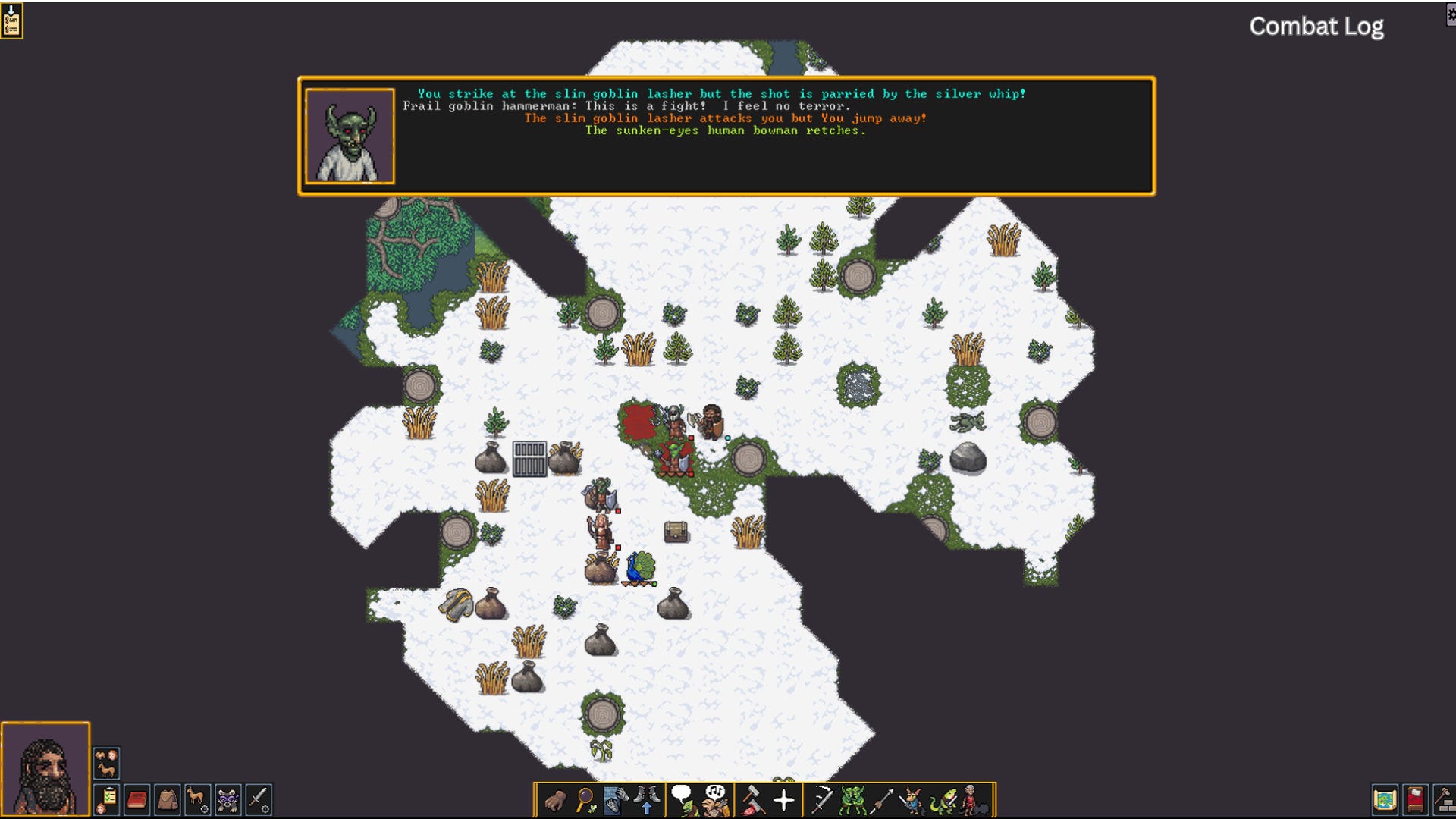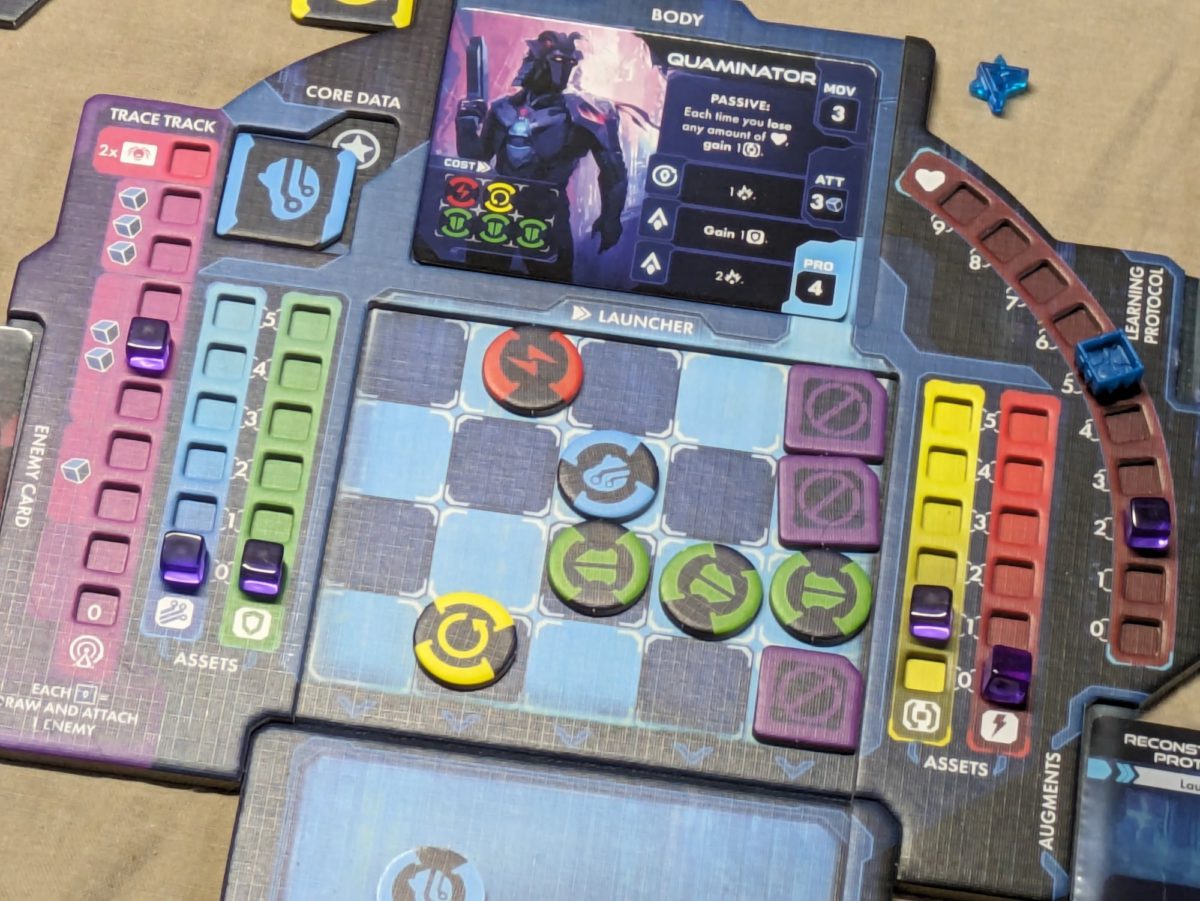Escape room board games have exploded in popularity in the past few years, and it’s not hard to see why. Escape rooms involve mystery, puzzle solving, and, often, teamwork – many attributes that directly correlate to some of the best board games on the market today. While the genre only included a handful of titles not long ago, escape room board games have since blossomed into an incredibly deep category.
Perhaps one of the reasons for the genre’s boom in recent years has to do with its accessibility. While escape room board games offer challenging puzzles that tabletop veterans are looking for, these cooperative titles aren’t bogged down in complicated rules and mechanics – making them some of the best beginner board games as well. Not to mention, a night in with a mysterious puzzle box can be perfect for a date at home or a dinner party with friends. It can be quite the cost-saver too when compared to an evening at the movie theater.
TL;DR The Best Escape Room Board Games
For those who just want to check out some titles and go, this TL;DR list is for you, but as many games are entries within larger series, there will often be even more recommendations below along with added details about the specific games.
Exit: The Game – The Abandoned Cabin
- Age: 12+
- Players: 1-6
- Play Time: 60-120 mins
Perhaps the biggest name in escape room board games is Exit: The Room. Exit: The Room has been a staple in the genre for years with arguably its best entry being The Abandoned Cabin. With nothing more than a code dial and a strange book, players are tasked with escaping through a cabin door secured by a combination lock. As with traditional escape rooms, players must find clues and solve puzzles to leave.
While The Abandoned Cabin is a fan-favorite, the series as a whole maintains a high level of quality throughout. Some players might gravitate toward some themes over others, but Dead Man on the Orient Express, The Pharaoh’s Tomb, and The Secret Lab are just a few other recommendations to check out as well. Not to mention, The Lord of the Rings – Shadows Over Middle-earth is another iteration that might appeal to franchise fans. Additionally, each box contains a difficulty rating on the cover, so players can pick their next adventure based on how challenging they want it to be.
Unlock: Timeless Adventures
- Age: 10+
- Players: 1-6
- Play Time: 60-90 mins
Like Exit: The Game, the Unlock series has made quite the name for itself in the escape room genre thanks to dozens of high-quality titles. There are a number of recommendations that could go in this spot, but Unlock: Timeless Adventures proves to be a fan-favorite time and time again with its three scenarios: The Noside Show, Arsène Lupin and the Great White Diamond, and Lost in the ChronoWarp. While scenarios differ from box to box, each Unlock game plays out as a cooperative card game with puzzles and a themed narrative. Fans of the Unlock gameplay loop will also likely enjoy Epic Adventures, Game Adventures, Heroic Adventures, Mythic Adventures, and for those looking for a great option for kids, Unlock Kids: Detective Stories. That said, as all boxes come with three unique scenarios, chances are good that at least one theme will speak to you in each package.
Box One
- Age: 14+
- Players: 1
- Play Time: 180-240 mins
Box One is unique in the escape room board game space for several reasons. First, it’s a one-off board game designed by Neil Patrick Harris. Not to mention, this title is made for just one player. It should be noted that Box One can be played with more than one person, but it can also be replayed if you want to hand it to a friend to play through and talk about it afterward – and you will probably want to talk about it.
Box One is an experience that evolves as you play it, and while the puzzles aren’t incredibly challenging, they’re immensely satisfying and fun. This would be an ideal title for those new to the genre, but seasoned veterans will likely find enjoyment here as well. Unfortunately, to say too much about Box One would spoil the experience, as it is truly a unique puzzle-solving game. However, what you need to know is that Box One does require access to the internet and a few hours to complete.
Scooby-Doo: Escape from the Haunted Mansion
- Age: 12+
- Players: 1+
- Play Time: 60-120 mins
For fans of both escape room board games and Scooby-Doo, Escape from the Haunted Mansion is a no-brainer. For those who need a bit more convincing, however, this adventure from Scooby and friends actually offers some unique ideas. As with the show, each character has their own strengths that factor into the gameplay. Scooby can smell things, Velma can research, Fred can investigate, Daphne can use tools, and Shaggy can eat things. Different items in each room can be observed by the various characters using their unique booklets that feel written in their voice. Escape from the Haunted Mansion essentially plays out as a point-and-click adventure meets an episode of the cartoon. The thematic element of the escape room board game is exceptionally strong, however, some might take exception to the fact that eating Scooby Snacks in Escape from the Haunted Mansion is somehow a punishment.
Escape Room in a Box: The Werewolf Experiment
- Age: 13+
- Players: 2-8
- Play Time: 30-90 mins
Escape Room in a Box: The Werewolf Experiment brings itself closer to the true escape room experience by offering tangible components in the form of physical locks. Each of the three locks requires some puzzle solving and unique mechanics most have probably never experienced in a board game before. Also true to real-life escape rooms, The Werewolf Experiment lets players work on different aspects of the game at the same time, so each person feels as though they are constantly contributing. For those who want to check more in the series, Escape Room in a Box: Flashback and The Walking Dead are a couple of other worthwhile options.
Escape Room: The Game
- Age: 16+
- Players: 3-5
- Play Time: 60 mins
While many escape room board games are one-and-dones, Escape Room: The Game offers three different 60-minute puzzles with Nuclear Countdown, Prison Break, and Virus. Escape Room: The Game is notable due to its quality components such as a countdown timer box known as the Chrono Decoder that helps add to the immersion. Even after completing the four scenarios in the base game, there is more fun to be had through the various expansions. However, the Chrono Decoder present in this initial iteration is required to play each of the expansions, so make sure not to skip Escape Room: The Game before checking out other titles in the series like Jumanji, Murder Mystery, Virtual Reality, Space Station, or many others.
Escape the Room: Mystery at Stargazer’s Manor
- Age: 10+
- Players: 3-8
- Play Time: 90 min
While not specifically designed for kids, Mystery at Stargazer’s Manor is arguably best for a family game night for those with preteens or early teenagers. The story of a missing astronomer in 1869 might not be the most intriguing premise for younger players, but the easy-to-grasp yet still enjoyable puzzles should be enough to wrangle them in for a fun evening at home. Mystery at Stargazer’s Manor isn’t unlike other escape room board games – solve puzzles, uncover clues, and escape the room. However, while some escape rooms are specifically designed for children or adults, this title offers something for the whole family between its solid writing and various observational challenges. For even more recommendations for all ages, visit our list of the best family board games.
The Curious Elevator of Mr. Hincks
- Age: 14+
- Players: 1-4
- Play Time: 120-240 mins
Simply not enough tabletop enthusiasts are talking about The Curious Elevator of Mr. Hincks, and that’s a shame because it offers some of the most well-crafted puzzles within the genre. Rarely, if ever, do players feel frustrated by the puzzles, but rather, it’s the type of game where aha moments follow just about every mystery. The story behind The Curious Elevator is that Mr. Hincks, an eccentric puzzle maker, has opened his elevator to the public. Getting on the elevator is easy, but getting off is another story entirely.
The Mr. Hincks series isn’t dark like other titles in the genre; instead, these mystery games offer a bit of whimsical fun rather than tense drama. The Curious Elevator features some online aspects, but most of the game is played with the physical components provided in the box. Those who enjoy The Curious Elevator may want to check out the game’s prequel, The Curious Stairs of Mr. Hincks.
The escape room drama is full of co-op experiences, but check out our collection of the best cooperative board games for even more great suggestions.
Bobby Anhalt is a contributing freelancer for IGN covering board games and LEGO. He has more than 8 years of experience writing about the gaming industry with bylines at Game Rant, Screen Rant, TheXboxHub, and Ranker. You can follow him on Twitter @BobbyAnhalt.

